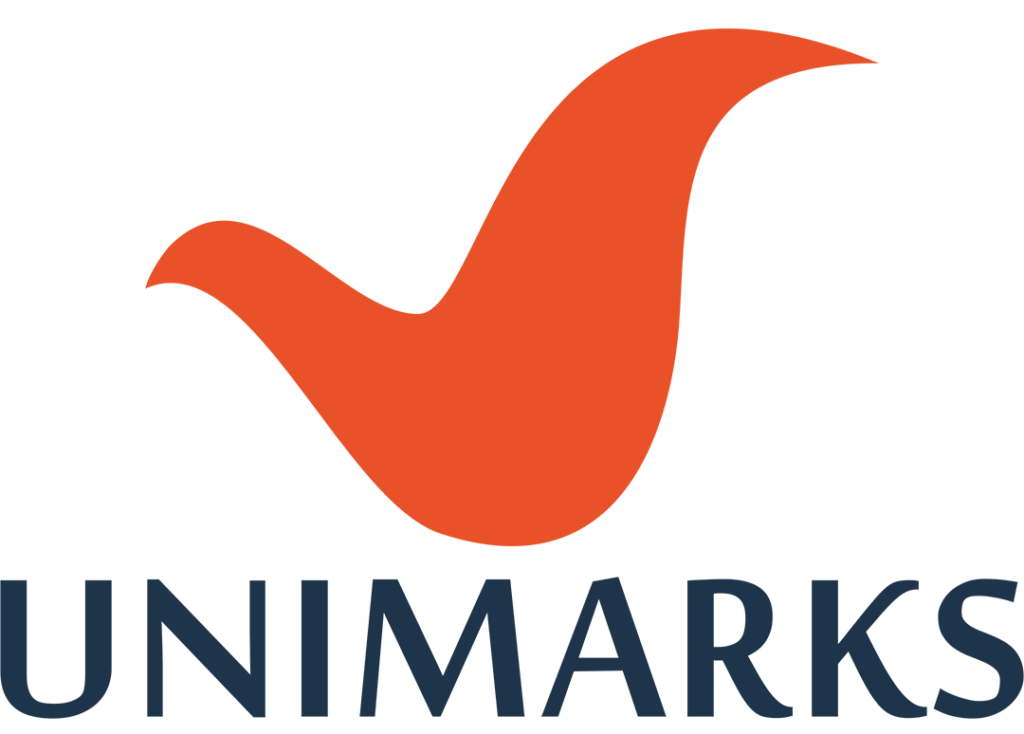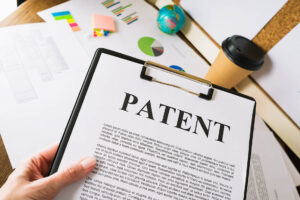The Patents Act does not use the phrase patentable subject matter anywhere, and this phrase has been borrowed from the US Patent Code. The TRIPS Agreement uses the phrase ‘Patentable Subject Matter’ in a context broader than that of this chapter. For purposes of this chapter, patentable subject matter refers to subjects that are considered patentable, and those that are excluded from patentability. Patentable subjects are provided in broad terms in the definition of the invention, which states that an invention under the Act must either be a product or process. In other words, in order to be considered for patentability, an invention must either be a product or process.
Patent eligible subjects are therefore products and processes without any limitation of field, technology, or any other. At a general level, every invention is either a product and/or process, and patentability objections at this level are not very common. However, the Patents Act provides a long list of inventions not patentable, which form a material part of the patentable subject matter requirement.
Sections 3 and 4 of the Patents Act provide a list of inventions that are not patentable. While Section 3 deals with a general list of subjects not considered as inventions, Section 4 excludes inventions relating to atomic energy from the scope of patentability. If the subject matter of an invention falls within the list provided in the said sections, the invention will not satisfy the patentable subject matter requirement.
The interplay between the invention, which provides a list of subjects that are not inventions can sometimes get very complicated. For several subjects not considered as inventions, the analysis of their scope and coverage overlaps with analysis of invention assessment criteria under. Having said that, the Supreme Court in the Novartis case stated that determination which is independent of each other and must be conducted separately. The demarcation of assessment by the Supreme Court means that the determination of one should not have a bearing on the other, but that is more theoretical than practical with respect to many excluded subjects.
Section 3 has sixteen clauses each of which lists multiple subjects that are not considered inventions. By one count, around forty-six (46) subjects form part of the sixteen (16) clauses. On its face, the long listing of non-patentable inventions restricts the scope of patentable subject matter in India. However, the statutory language of the subjects leaves scope for interpretation, which has been and will continue to be employed by applicants to carve out patentable inventions from the scope of unpatentable ones. To elucidate the applicability and analysis of Section 3, the following important exclusions to patentability in the section have been discussed in this chapter:
- New Forms Section 3(d)
- Computer Programs Per Section 3(k)
- Plants and Animals Section 3(j)
- Traditional Knowledge Section 3(p) Section 3(d) has been a hotly contested clause and has by far been the most reported and publicized provision of the Indian Patents Act. This clause was the subject of discussions and debates, many of them led by Shammed Basheer, a distinguished IP professor, who made significant contributions with respect to the provision’s scope, and its role in enabling access to medicines.
Analysis of whether a new form is patentable involves the following steps:
- Identifying the known substance
- Identifying the known substance’s purpose and efficacy
- Checking if the invention being claimed is a new form of the known substance
- Identifying the efficacy of the new form
- Comparing the efficacy of the new form with the efficacy of the known substance with respect to the purpose If the efficacy of the new form for the purpose for which the patent is claimed is higher than the efficacy of the known substance for the same purpose than the new form is considered to have enhanced efficacy, which makes it patentable subject matter.
The advantages provided by the new form, which are unrelated to the purpose of the substance in question will have no value in proving the enhancement of efficacy. In the Novartis case, the Supreme Court held that attributes of a new form such as enhanced bioavailability and stability, and reduced hygroscopicity are not sufficient to prove enhanced efficacy because the said advantages are not related to the purpose of the invention.







